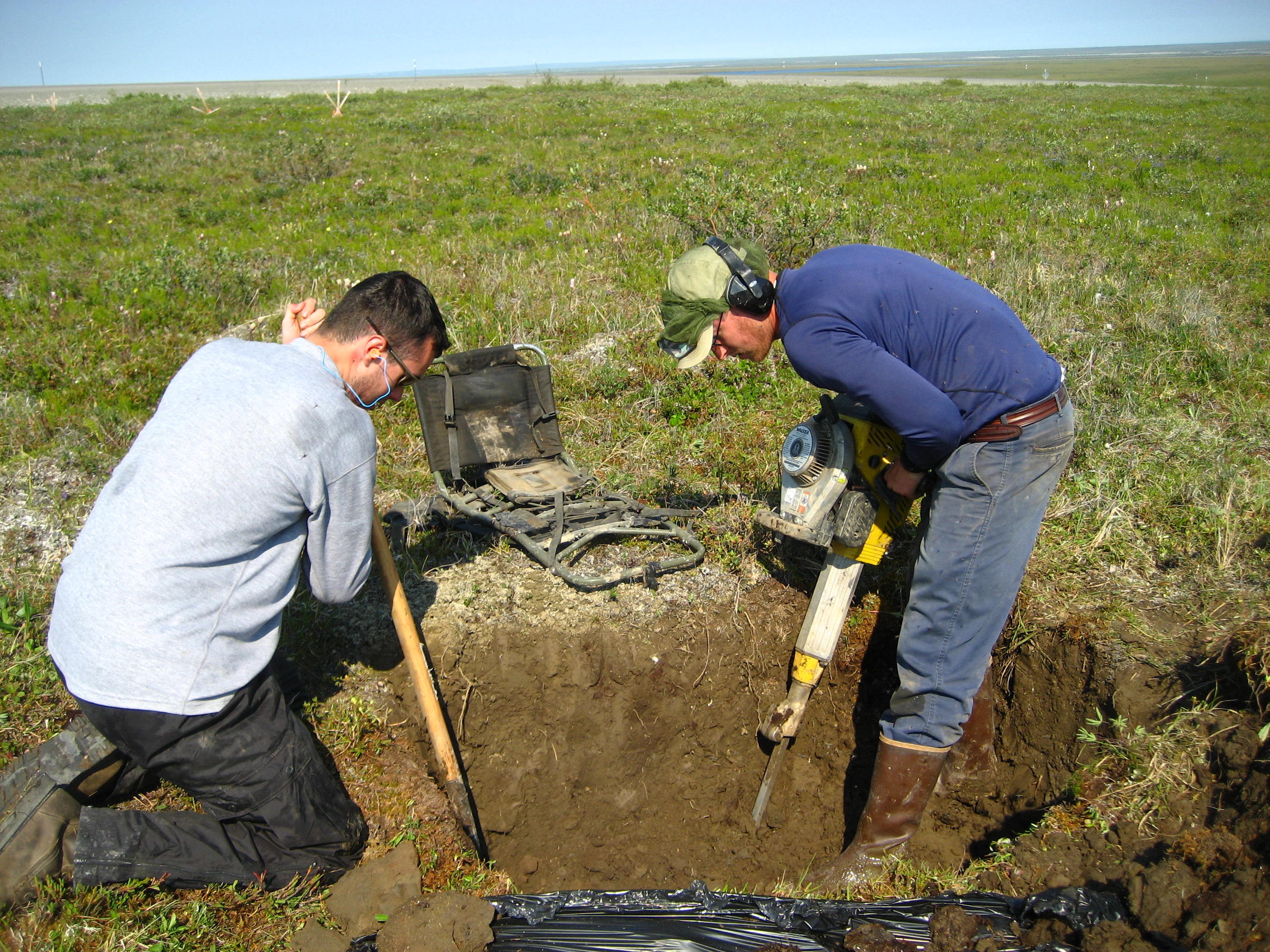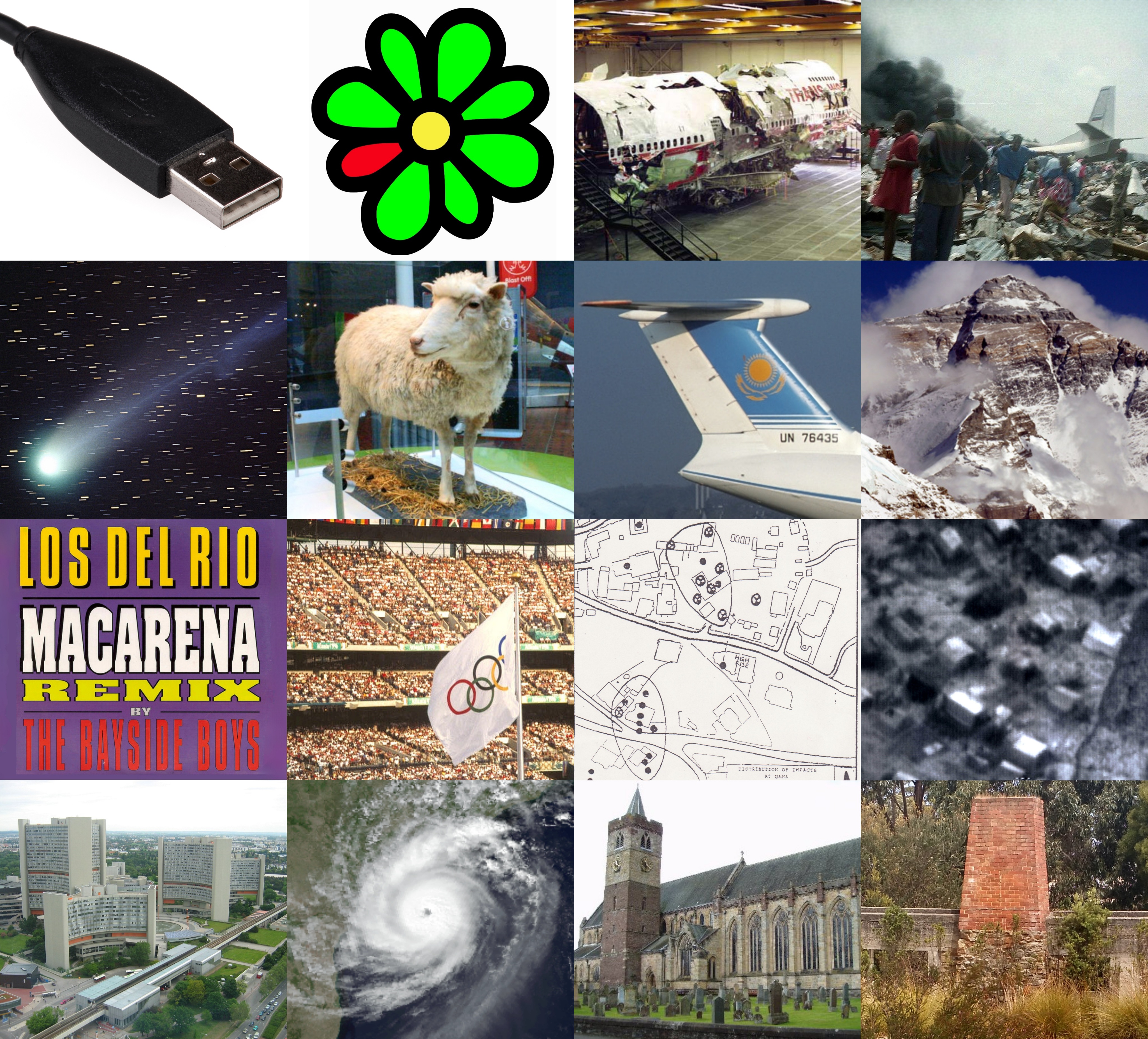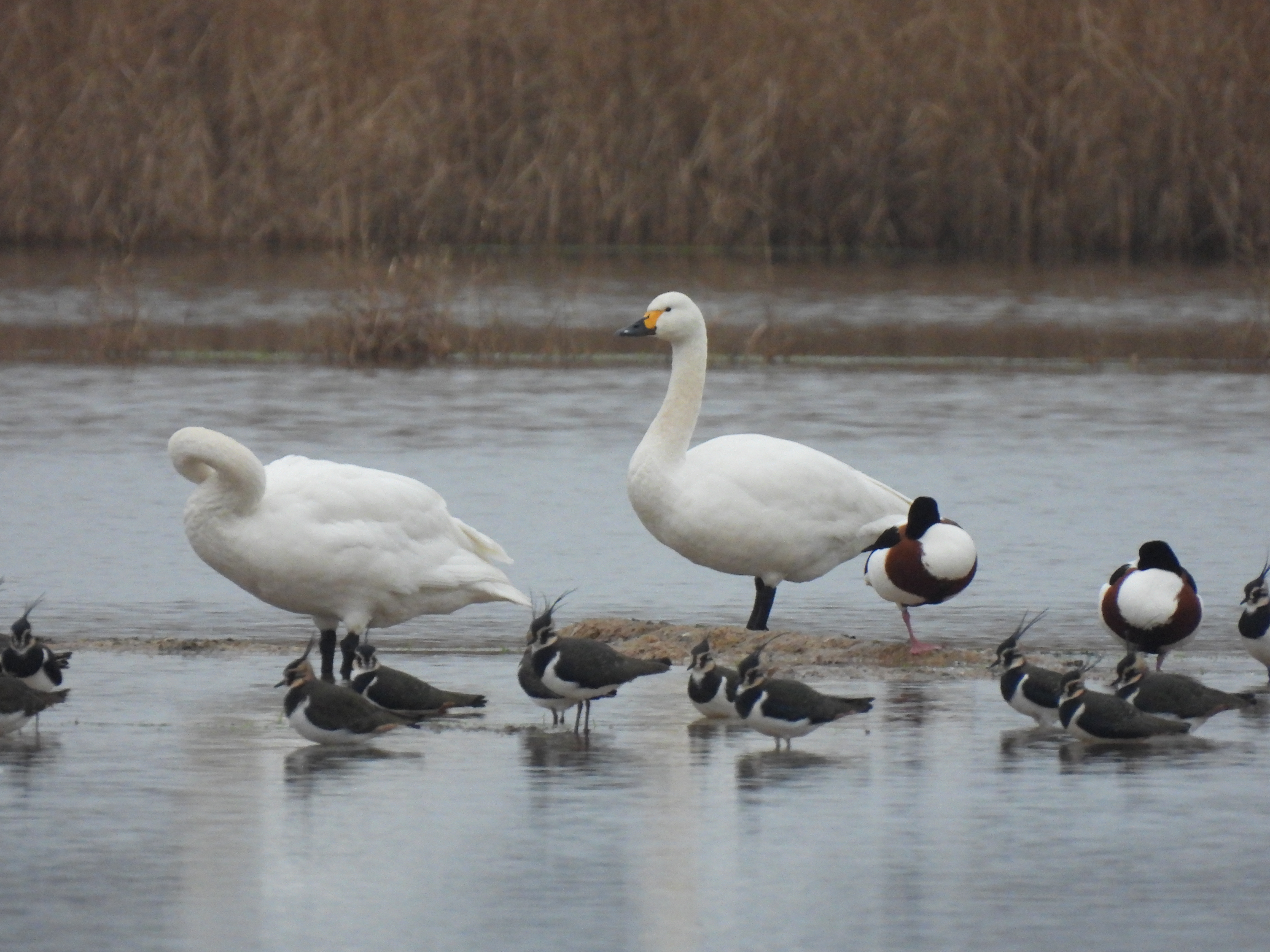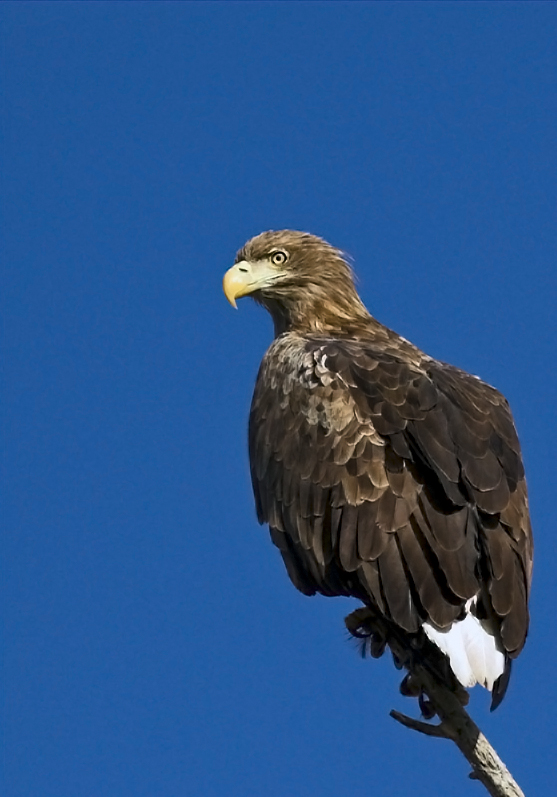|
Gyda National Park
Gyda National Park (''Gydansky National Park''; ) is the northernmost national park in the Western Siberia. The park covers arctic terrain of the Gyda Peninsula and nearby islands in the Kara Sea. It is situated in the Tazovsky District of Yamalo-Nenets Autonomous Okrug. Until 2019, it was a 'zapovednik' (strict nature reserve). Topography The terrain is a flat plain that covers the northern tip of Gyda Peninsula, which marks the right side of the Ob River delta, where the river enters the Kara Sea. It also includes the Yapay Peninsula (to the west), the northern part of the Mammoth peninsula, Deer Island, Shokalsky Island, Pestsovoye Island and others. The protected area encompasses 878.2 thousand ha, of which about one sixth (159,800 ha) is on islands. There is also a 150,000 ha buffer zone. Climate and ecoregion Gyda is located in the ''Yamal-Gyda tundra'' ecoregion. It covers the Yamal and Gyda peninsulas in north-central Russia, the Ob River estuary, and into the Kara Sea ... [...More Info...] [...Related Items...] OR: [Wikipedia] [Google] [Baidu] |
Shokalsky Island
Shokalsky Island () is an island in the Kara Sea, in Russia. It is located on the eastern side of the mouth of the Ob River, off the tip of the narrow northwestern arm of the Gyda Peninsula. It is separated from it by a narrow strait full of islets known as Gydanskiy Proliv. Its latitude is 72° 58' N and its longitude 74° 27' E. The island has an area of 428 km2 and it is covered by tundra. The sea surrounding the island is covered with pack ice in the winter and there are numerous ice floes even in the summer, so that it is often merged with the Gydanskiy Peninsula in the Siberian mainland. This island belongs to the Yamalo-Nenets Autonomous Okrug which is the northern part of the Tyumen Oblast administrative division of the Russian Federation. This island is also part of the Great Arctic State Nature Reserve, the largest nature reserve of Russia. This island was named after Imperial Russian cartographer Yuly Shokalsky. Shokalsky Island should not be confused with a li ... [...More Info...] [...Related Items...] OR: [Wikipedia] [Google] [Baidu] |
Permafrost
Permafrost () is soil or underwater sediment which continuously remains below for two years or more; the oldest permafrost has been continuously frozen for around 700,000 years. Whilst the shallowest permafrost has a vertical extent of below a meter (3 ft), the deepest is greater than . Similarly, the area of individual permafrost zones may be limited to narrow mountain summits or extend across vast Arctic regions. The ground beneath glaciers and ice sheets is not usually defined as permafrost, so on land, permafrost is generally located beneath a so-called active layer of soil which freezes and thaws depending on the season. Around 15% of the Northern Hemisphere or 11% of the global surface is underlain by permafrost, covering a total area of around . This includes large areas of Alaska, Canada, Greenland, and Siberia. It is also located in high mountain regions, with the Tibetan Plateau being a prominent example. Only a minority of permafrost exists in the Southern Hemi ... [...More Info...] [...Related Items...] OR: [Wikipedia] [Google] [Baidu] |
Geography Of Yamalo-Nenets Autonomous Okrug
Geography (from Ancient Greek ; combining 'Earth' and 'write', literally 'Earth writing') is the study of the lands, features, inhabitants, and phenomena of Earth. Geography is an all-encompassing discipline that seeks an understanding of Earth and its human and natural complexities—not merely where objects are, but also how they have changed and come to be. While geography is specific to Earth, many concepts can be applied more broadly to other celestial bodies in the field of planetary science. Geography has been called "a bridge between natural science and social science disciplines." Origins of many of the concepts in geography can be traced to Greek Eratosthenes of Cyrene, who may have coined the term "geographia" (). The first recorded use of the word γεωγραφία was as the title of a book by Greek scholar Claudius Ptolemy (100 – 170 AD). This work created the so-called "Ptolemaic tradition" of geography, which included "Ptolemaic cartographic theory ... [...More Info...] [...Related Items...] OR: [Wikipedia] [Google] [Baidu] |
1996 Establishments In Russia
1996 was designated as: * International Year for the Eradication of Poverty Events January * January 8 – A Zairean cargo plane crashes into a crowded market in the center of the capital city of the Democratic Republic of the Congo, Kinshasa, killing around 300 people. * January 9– 20 – Serious fighting breaks out between Russian soldiers and rebel fighters in Chechnya. * January 11 – Ryutaro Hashimoto, leader of the Liberal Democratic Party, becomes Prime Minister of Japan. * January 13 – Italy's Prime Minister, Lamberto Dini, resigns after the failure of all-party talks to confirm him. New talks are initiated by President Oscar Luigi Scalfaro to form a new government. * January 14 – Jorge Sampaio is elected President of Portugal. * January 16 – President of Sierra Leone Valentine Strasser is deposed by the chief of defence, Julius Maada Bio. Bio promises to restore power following elections scheduled for February. * January ... [...More Info...] [...Related Items...] OR: [Wikipedia] [Google] [Baidu] |
Protected Areas Established In 1996
Protection is any measure taken to guard something against damage caused by outside forces. Protection can be provided to physical objects, including organisms, to systems, and to intangible things like civil and political rights. Although the mechanisms for providing protection vary widely, the basic meaning of the term remains the same. This is illustrated by an explanation found in a manual on electrical wiring: Some kind of protection is a characteristic of all life, as living things have evolved at least some protective mechanisms to counter damaging environmental phenomena, such as ultraviolet light. Biological membranes such as bark on trees and skin on animals offer protection from various threats, with skin playing a key role in protecting organisms against pathogens and excessive water loss. Additional structures like scales and hair offer further protection from the elements and from predators, with some animals having features such as spines or camouflage servi ... [...More Info...] [...Related Items...] OR: [Wikipedia] [Google] [Baidu] |
National Parks Of Russia
There are currently 64 national parks in Russia. They cover a total of approximately . Overview Until the 1960s only nature reserves (''zapovedniks'') and '' zakazniks'' existed in the Soviet Union, so international experience in creating a form of protected areas intended for tourists to relax and teach them to take care of nature was very important. In 1961, Soviet geographers, headed by Innokenti Gerasimov, director of the Institute of Geography, USSR Academy of Sciences, visited the United States. This trip was an introduction to the USA experience in environmental protection and Soviet scientists visited the Yellowstone National Park and the Great Smoky Mountains National Park. After the trip, Innokenti Gerasimov returned to the idea of creating nature parks in the USSR. In 1965 he proposed the creation of a Baikal nature park. A similar natural park was also designed in the Lake Seliger area on the Valdai Hills. In 1966, the newspaper Komsomolskaya Pravda published an arti ... [...More Info...] [...Related Items...] OR: [Wikipedia] [Google] [Baidu] |
Tazovsky (rural Locality)
Tazovsky () is a rural locality (a settlement) and the administrative center of Tazovsky District in Yamalo-Nenets Autonomous Okrug, Russia, located on the Taz River from its fall into the Taz Estuary. Population: Tazovsky Airport (ICAO airport code: ''USDT'') is located next to Tazovsky. History Until 1949, it was known as Khalmer-Sede ()—a Nenets name literally meaning ''the hill of the dead'', due to an old Nenets cemetery at this location. It had urban-type settlement Urban-type settlement, abbreviated: ; , abbreviated: ; ; ; ; . is an official designation for lesser urbanized settlements, used in several Central and Eastern Europe, Central and Eastern European countries. The term was primarily used in the So ... status until January 1, 2013. Climate References Rural localities in Yamalo-Nenets Autonomous Okrug Road-inaccessible communities of Russia {{YamaloNenetsAutonomousOkrug-geo-stub Populated places established in 1883 Former urban-type s ... [...More Info...] [...Related Items...] OR: [Wikipedia] [Google] [Baidu] |
Yellow-billed Loon
The yellow-billed loon (''Gavia adamsii''), also known as the white-billed diver, is the largest member of the loon or diver family. Breeding adults have a black head, white underparts and chequered black-and-white mantle. Non-breeding plumage is drabber with the chin and foreneck white. Its main distinguishing feature is the long straw-yellow bill which, because the culmen is straight, appears slightly uptilted. It breeds in the Arctic and winters mainly at sea along the coasts of the northern Pacific Ocean and northwestern Norway; it also sometimes overwinters on large inland lakes. It occasionally strays well south of its normal wintering range, and has been recorded as a vagrant in more than 22 countries. This species, like all divers, is a specialist fish-eater, catching its prey underwater. Its call is an eerie wailing, lower pitched than the common loon. Taxonomy and etymology First described by English zoologist George Robert Gray in 1859 based on a specimen collected i ... [...More Info...] [...Related Items...] OR: [Wikipedia] [Google] [Baidu] |
Tundra Swan
The tundra swan (''Cygnus columbianus'') is a small swan of the Holarctic. The two taxa within it are usually regarded as conspecific, but are also sometimes split into two species: Bewick's swan (''Cygnus bewickii'') of the Palaearctic and the whistling swan (''C. columbianus'') proper of the Nearctic. Birds from eastern Russia (roughly east of the Taymyr Peninsula) are sometimes separated as the subspecies ''C. c. jankowskii'', but this is not widely accepted as distinct, with most authors including them in ''C. c. bewickii''. Tundra swans are sometimes separated in the subgenus ''Olor'' together with the other Arctic swan species. Bewick's swan was named in 1830 by William Yarrell after the engraver Thomas Bewick, who specialised in illustrations of birds and animals. ''Cygnus'' is the Latin for "swan", and '' columbianus'' comes from the Columbia River, the type locality. Description ''C. columbianus'' is the smallest of the Holarctic swans, at in length, in wingspan and ... [...More Info...] [...Related Items...] OR: [Wikipedia] [Google] [Baidu] |
White-tailed Eagle
The white-tailed eagle (''Haliaeetus albicilla''), sometimes known as the 'sea eagle', is a large bird of prey, widely distributed across temperate Eurasia. Like all eagles, it is a member of the family Accipitridae (or accipitrids) which also includes other diurnal raptors such as hawks, kites, and harriers. One of up to eleven members in the genus '' Haliaeetus'', which are commonly called sea eagles, it is also referred to as the white-tailed sea-eagle.Helander, B., & Stjernberg, T. (2003). ''Action plan for the conservation of white-tailed sea eagle (''Haliaeetus albicilla'')''. In Convention on the Conservation of European Wildlife and Natural Habitats, Strasbourg, France. Sometimes, it is known as the ern or erne (depending on spelling by sources),Love, J. A. (1983). ''The return of the Sea Eagle''. Cambridge University Press, . gray sea eagle and Eurasian sea eagle. While found across a wide range, today breeding from as far west as Greenland and Iceland across to as fa ... [...More Info...] [...Related Items...] OR: [Wikipedia] [Google] [Baidu] |
Salix Polaris
''Salix polaris'', the polar willow, is a species of willow with a circumpolar distribution in the high arctic tundra, extending north to the limits of land, and south of the Arctic in the mountains of Norway, the northern Ural Mountains, the northern Altay Mountains, Kamchatka, and British Columbia, Canada.Salicaceae of the Canadian Arctic Archipelago''Salix polaris''Plants of British Columbia''Salix polaris''/ref>Den Virtuella Floran/ref> Description One of the smallest willows in the world, it is a prostrate, creeping dwarf shrub, only high, and has underground branches or runners in the uppermost soil layers. The leaves are rounded-ovate, 5–32 mm long and 8–18 mm broad, dark green with entire margins. It is dioecious, with separate female and male plants. The flowers are grouped in short catkins each bearing only a few flowers. The fruit is a brownish and hairy capsule. The long runners with freely rooting stems creep in mats of mosses and lichens, which keep ... [...More Info...] [...Related Items...] OR: [Wikipedia] [Google] [Baidu] |
Tundra
In physical geography, a tundra () is a type of biome where tree growth is hindered by frigid temperatures and short growing seasons. There are three regions and associated types of tundra: #Arctic, Arctic, Alpine tundra, Alpine, and #Antarctic, Antarctic. Tundra vegetation is composed of dwarf shrubs, Cyperaceae, sedges, Poaceae, grasses, mosses, and lichens. Scattered trees grow in some tundra regions. The ecotone (or ecological boundary region) between the tundra and the forest is known as the tree line or timberline. The tundra soil is rich in nitrogen and phosphorus. The soil also contains large amounts of biomass and decomposed biomass that has been stored as methane and carbon dioxide in the permafrost, making the tundra soil a carbon sink. As global warming heats the ecosystem and causes soil thawing, the permafrost carbon cycle accelerates and releases much of these soil-contained greenhouse gases into the atmosphere, creating Climate change feedback, a feedback cycle t ... [...More Info...] [...Related Items...] OR: [Wikipedia] [Google] [Baidu] |








